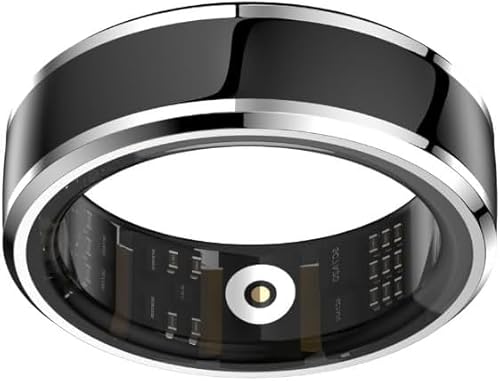I seem to be getting every now and then hard pea size lumps with a lots of bruising around it which takes weeks to disperse. I don’t feel like I’ve took a knock of any sort they just appear. They are mostly on my arm and legs,Just wondered if anyone else gets them.My inr is very rarely above 4 .
A couple nites ago I watered a garden and was driven indoors by biting insects on my legs. Put some anti-itch creme on my legs.......next day I noticed 4-5 "pea" size bruizes in the bite area. My INR was 3.4 yesterday. Can't ever remember getting "bite" bruises ever before.......bugs are really vicious this year. Maybe yours are also insect bites.






















